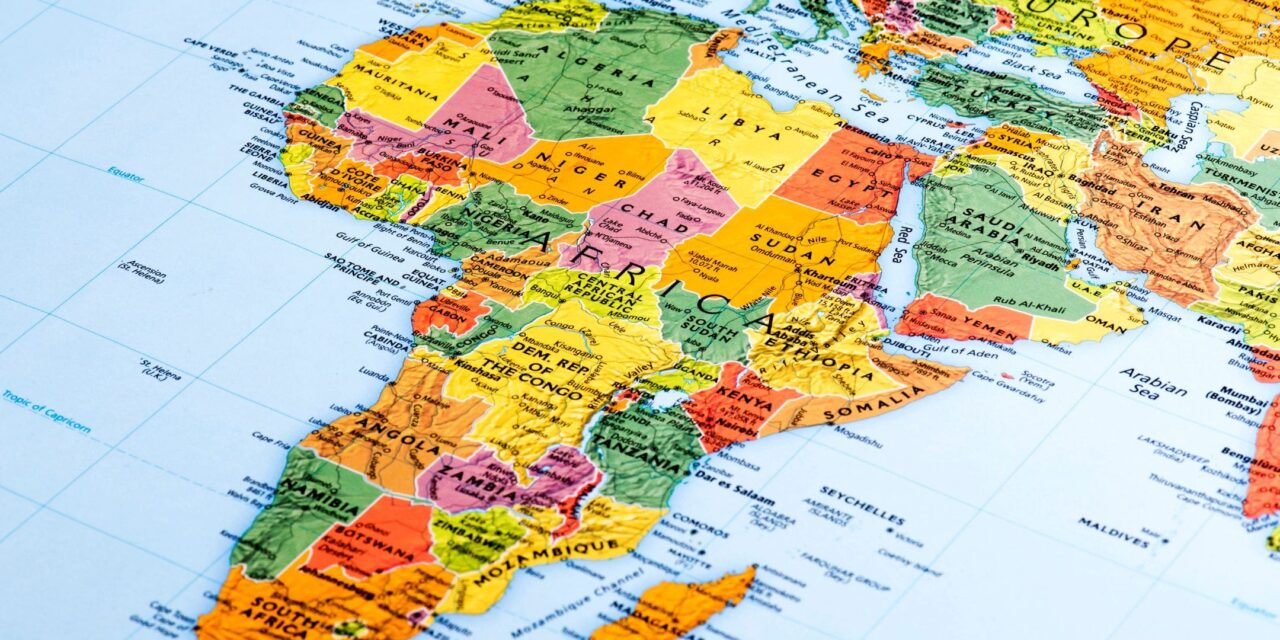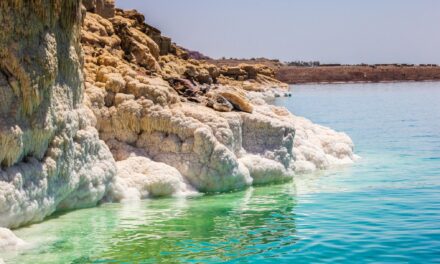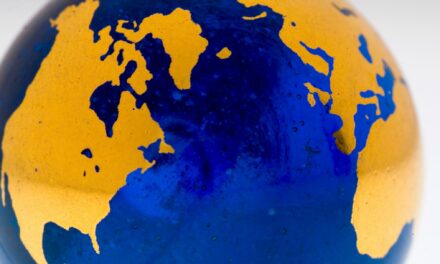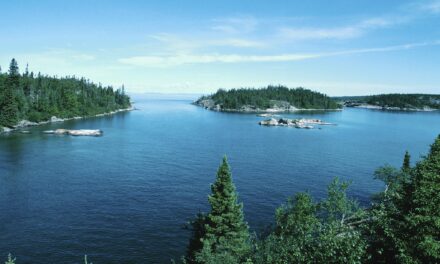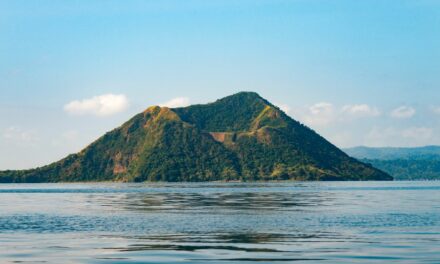Did you know that Africa is the only continent that covers all four hemispheres of the Earth? That’s right – while other continents may cover a maximum of one and a half hemispheres, Africa spans the northern, southern, eastern, and western hemispheres.
With a land area of over 30 million square kilometers, Africa is the world’s second-largest continent after Asia. But what makes it truly unique is its geographic location. The equator runs straight through the middle of the continent, dividing it into the northern and southern hemispheres. In addition, Africa extends far to the east and west, crossing the prime meridian and the 20th meridian east.
The continent’s expansive size and diverse landscapes make it a fascinating place to explore. From the savannas and deserts of the Sahara to the lush rainforests of the Congo Basin, Africa is home to a wide variety of ecosystems and habitats. It is also the site of many iconic natural wonders, such as the Nile River, Victoria Falls, and Mount Kilimanjaro.
Despite its vastness, Africa remains one of the least explored and understood regions of the world. Its history and culture are just as rich and complex as its geography, with a diversity of peoples and languages that is unparalleled anywhere else on Earth.
So, the next time you look at a map of the world, take a moment to appreciate the unique position of Africa. It truly is a continent like no other, spanning all four hemispheres and offering endless opportunities for exploration and discovery.
If you enjoyed this article, please consider sharing it with your friends and rating it below.
Thank you!

